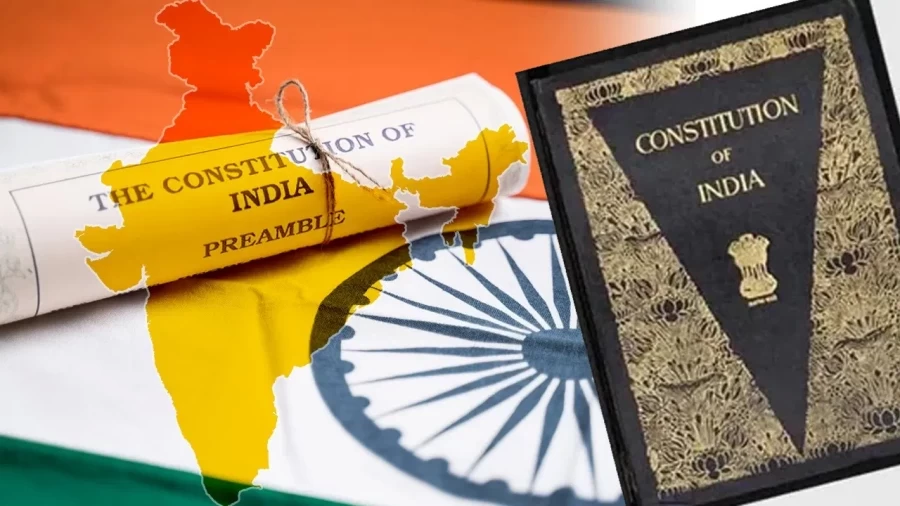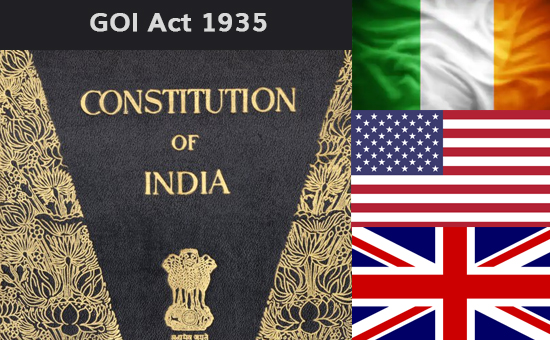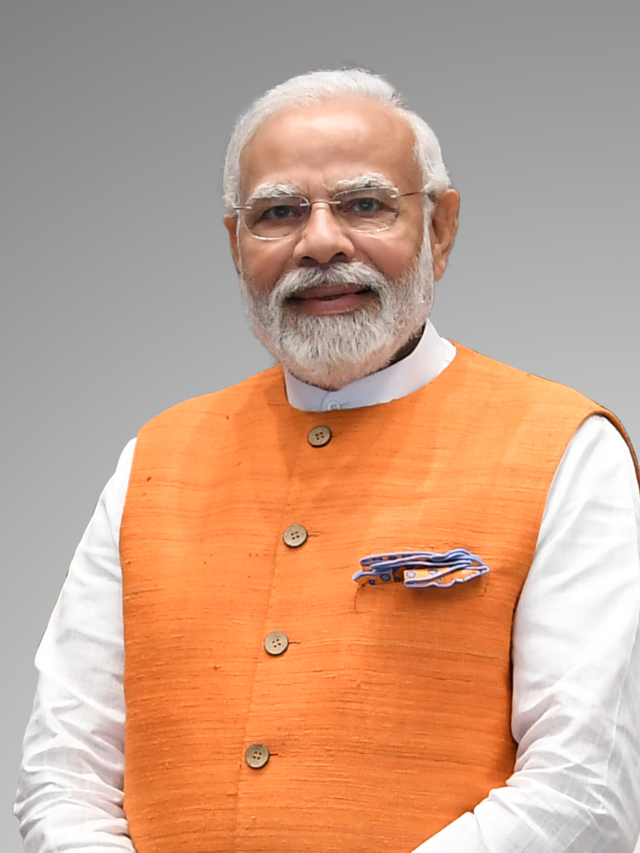The transformation of India, or Bharat in its indigenous tongues, boasts a rich tapestry of history and cultural variety. The remarkable journey from British rule to an independent republic stands as a shining testament to the resolute vision of its statesmen, and at its core stands the Constituent Assembly, a gathering of exceptional intellects and fervent leaders, whose profound influence shaped the course of the nation’s fate.

Read more.. Garena delays launch of Free Fire India by few more weeks
Read more.. Osasuna vs Barcelona, La Liga: Clash of Titans Match Thread
The Historical Context
After enduring centuries of colonial dominance, India celebrated its hard-fought independence on August 15, 1947. The journey to freedom was marked by enduring struggles, with iconic leaders such as Mahatma Gandhi, Jawaharlal Nehru, and Sardar Patel spearheading the relentless quest for self-determination. Nevertheless, the attainment of independence ushered in a crucial necessity—the formulation of a new constitution to chart the nation’s path forward.

Read more.. Anirudh Ravichander gets a new Porsche car from Jailer
Read more.. Defeating LAFC 3-1 – MLS Match Highlights and Updates
The Formation of the Constituent Assembly
In December 1946, the Constituent Assembly was established with the purpose of drafting a constitution for independent India. It consisted of 389 members representing the various regions, communities, and ideologies of the country. Dr. Rajendra Prasad was elected as its President, and Dr. B.R. Ambedkar took on the role of Chairman of the Drafting Committee.
The Complex Task at Hand
In December 1946, the Constituent Assembly embarked on the monumental task of crafting a constitution for the newly independent India, comprising 389 members who passionately represented the diverse tapestry of the nation’s regions, communities, and ideologies. Dr. Rajendra Prasad assumed the esteemed position of President, while the visionary Dr. B.R. Ambedkar assumed the pivotal role of Chairman of the Drafting Committee, leaving an indelible mark on India’s constitutional history.
The Influences and Debates
The monumental challenge before the Constituent Assembly was to craft a constitution that would not only safeguard the principles of democracy, secularism, and justice but also harmoniously embrace the rich tapestry of religious, linguistic, and cultural diversity woven across the nation, requiring a skillful navigation to maintain India’s unity while celebrating its differences.
Key Decisions and Provisions
Several key decisions and provisions emerged during the deliberations of the Constituent Assembly:
- Preamble: The bedrock of our constitution lies in its unwavering commitment to safeguarding individual freedoms and liberties, including the cherished rights to free speech, religious expression, and equal treatment under the law.
- Secularism: The architects of the constitution made a deliberate choice to embrace secularism, firmly establishing the principle that religion would play no decisive role in state affairs.
- Fundamental Rights: The constitution, a cornerstone of our democracy, has forever etched in its pages the sacred principles of safeguarding individual freedoms and liberties, encompassing cherished rights like freedom of speech, religious expression, and the promise of equality under the law.
- Directive Principles: The assembly incorporated Directive Principles of State Policy, which guide the government in promoting social and economic justice for all citizens.
- Federal Structure: India adopted a federal structure with a strong central government while also recognizing the autonomy of states.
- Reservations: Special provisions were made for the upliftment of marginalized communities through reservations in education and government jobs.
The Final Adoption
After nearly three years of intense deliberations and debates, the Constituent Assembly finally adopted the Indian Constitution on January 26, 1950. This date is now celebrated annually as Republic Day in India.
Conclusion
The transformation of India, or Bharat, from a colony to a republic was a remarkable journey, fueled by the unwavering commitment of the Constituent Assembly. Their sagacity, visionary approach, and unyielding resolve bestowed upon the nation a dynamic constitution that remains a steadfast compass, steering and molding India’s future. The Indian Constitution serves as an enduring testament to the rich tapestry of diversity that characterizes the nation, while upholding the timeless ideals that continue to illuminate its path today.














